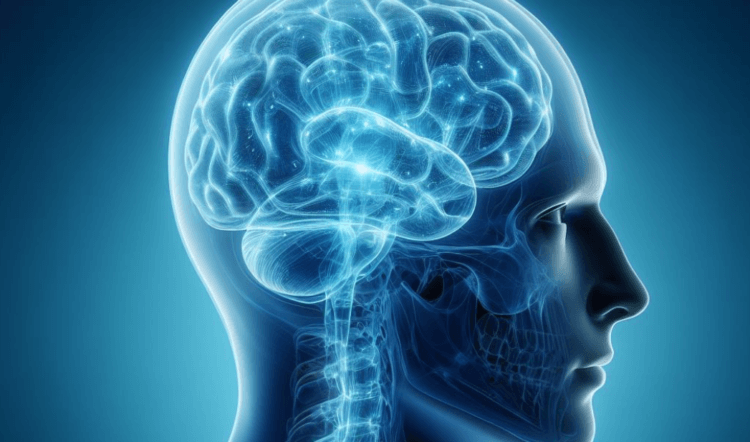Surely many have noticed that after a hearty lunch, sometimes you want to open the refrigerator and eat something, but you don’t even feel hungry. As it recently turned out, the reason for this behavior is not at all an unsatisfied appetite. The brain forces us to look for food, and this is done by neurons that are associated with panic and fear, and not eating behavior. This unexpected conclusion was reached by researchers at the University of California who studied the panic reactions of a certain part of the brain.

The brain sometimes forces even a well-fed person to open the refrigerator and eat something
The human cerebral aqueduct
The cerebral aqueduct, also known as the midbrain aqueduct, is a channel connecting the two ventricles of the brain. The ventricles are the cavities containing the cerebrospinal fluid. This fluid circulates between the ventricles through the aqueduct and the spinal canal under the meninges, as a result of which it serves as an exchange medium between the brain and blood and lymph.
The aqueduct is surrounded by nerve centers that are responsible for various functions, such as controlling pain signals, influencing certain forms of social behavior, and are also involved in extreme situations. For example, in animals, the periaqueductal gray matter is responsible for behavior such as raising hair, grinning, etc.

The grin of animals in extreme situations is associated with neurons of the periaqueductal gray matter
Because these nerve centers evolved so long ago, they are similar in different mammals. For example, if these centers are stimulated in rats and humans, the result will be the same – fear and panic.
How the brain forces you to look for food even after a hearty lunch
Fear and behavior in extreme situations are not the only reactions associated with nerve centers around the water supply. They consist of different groups of neurons, each of which performs its own specific function. Accordingly, if you stimulate only a certain group of neurons without affecting the rest, then the reaction will be different.
To realize this possibility in rodents, that is, to influence some neurons without affecting others, scientists modified them. As a result, the neurons they were interested in became sensitive to light. At the same time, the authors of the study implanted an optical fiber into the brains of rodents, with the help of which they supplied light to stimulate neurons.

Even well-fed mice, after stimulating neurons with light, began to eat fatty foods
In this way, scientists were able to find a group of neurons that did not cause mice to panic, but made them curious and willing to explore their environment. In addition, they actively ran after crickets and even inedible objects, such as ping-pong balls. But the most interesting thing is that even when the mice were full, having found something edible, they immediately ate it. Moreover, even after a very heavy lunch, the mice preferred fatty and sweet food. Researchers report this in the journal Nature Communications.
Having discovered this result, scientists decided to complicate the task for the mice – they created some inconvenience for them, namely, they supplied electric shocks that the rodents felt under their paws. Usually in such cases the mice freeze in place, even if they are very hungry. However, after stimulating the neurons, they continued to study the environment.
Given that this part of the brain is very ancient, it is almost certain that the same neurons exist in humans. And most likely they are the ones who force even a well-fed person to look into the refrigerator and eat something.

The mammalian brain evolved to promote survival
Why the brain drives food seeking
The results of this study demonstrate how complex the control of feeding behavior is. Hunger alone is not enough to force the brain to search for food. An additional impulse that is not associated with hunger is needed to make you move and look for food. In addition, using mice it became clear that the brain forces them to look for exactly the food that provides the most calories.
At the same time, these neurons are associated with feelings of fear and panic. Perhaps the reason is that the search for food should not be life-threatening. Our ancestors had to explore the surroundings without endangering their lives, and stock up on calories so that in the future they could stay longer in a safe place to avoid trouble.
Follow the link to our ZEN CHANNEL. We've got a lot of interesting, exciting science content for you.
Of course, this is just speculation, but it's safe to say that the brain evolved this way, and not otherwise, in order to increase survival. Therefore, the behavior formed by the neurons of the periaqueductal gray matter allowed our ancient ancestors to survive in an unfavorable environment.
Finally, let us recall another interesting feature associated with the human brain. As it turned out, its volume increases with each subsequent generation. This is most likely due to environmental changes.